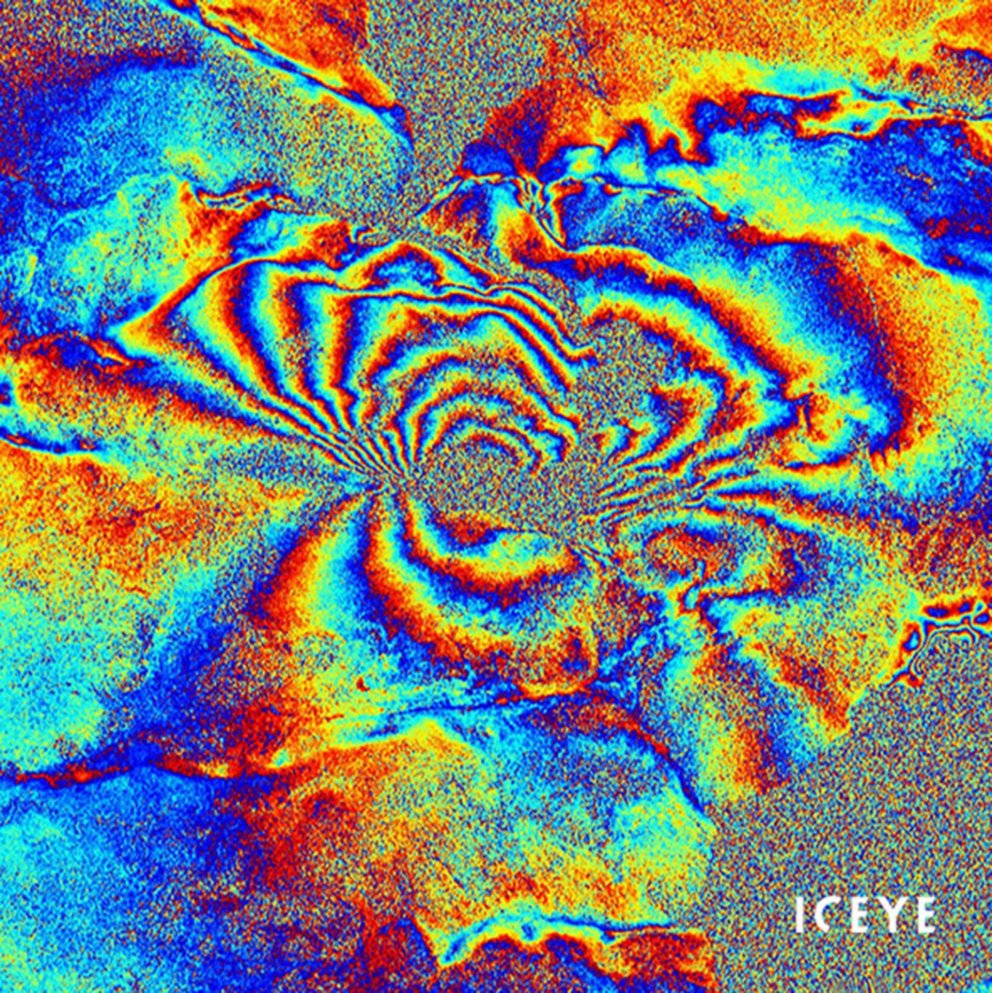Mt. Fagradalsfjall seen from space
just over a week ago, Fagradalsfjall stole the show once again in the BBC news, but now it is possible to see the eruption in Reykjanes Penisula from space with Synthetic Aperture Radar (SAR) technology that tracks flowing lava among other things.
Numerous satellites are now circling the globe and taking radar pictures that utilize optical light - like human eyes do. Thanks to radar, it is possible to photograph the earth´s surface anywhere at any time. It can capture the shape of an area through clouds and even at night when it is pitch dark. This technology has often been called SAR technology and has been helpful since the first satellites were launched decades ago. The number of satellites and spacecraft is constantly increasing. The reason could be cheaper high-quality components and easier access to rocket launches, which means we are entering the golden age of spacecraft.
The biggest satellite of this kind has been keeping an eye on the eruption in Fagradalsfjall for some time. It was built by the Finnish company Iceye, which leads the development of this kind of space science. It has 14 unmanned spacecraft circling the planet, six of which are in a precisely controlled train. This arrangement assures that they return to the same position every day, viewing the sight from the same height and angle. An enormous number of photos are transmitted to earth and then put together in some sort of fast-motion video. Scientists can see from the colored interference patterns, where and how much the land has moved. This new technology is especially useful in volcanology to track bulges in underground magma chambers or for seismic research.
Iceye´s goal was originally to invest in a fleet of 18 spacecraft, but that number is likely to increase even more. Scientists of the company hope that with more spacecraft, they can receive pictures often than once every 24 hours. That way, the accuracy, and knowledge will increase. It shows that we are entering the golden age of spacecraft and volcanology.
Gunnhildur Björg Baldursdóttir

